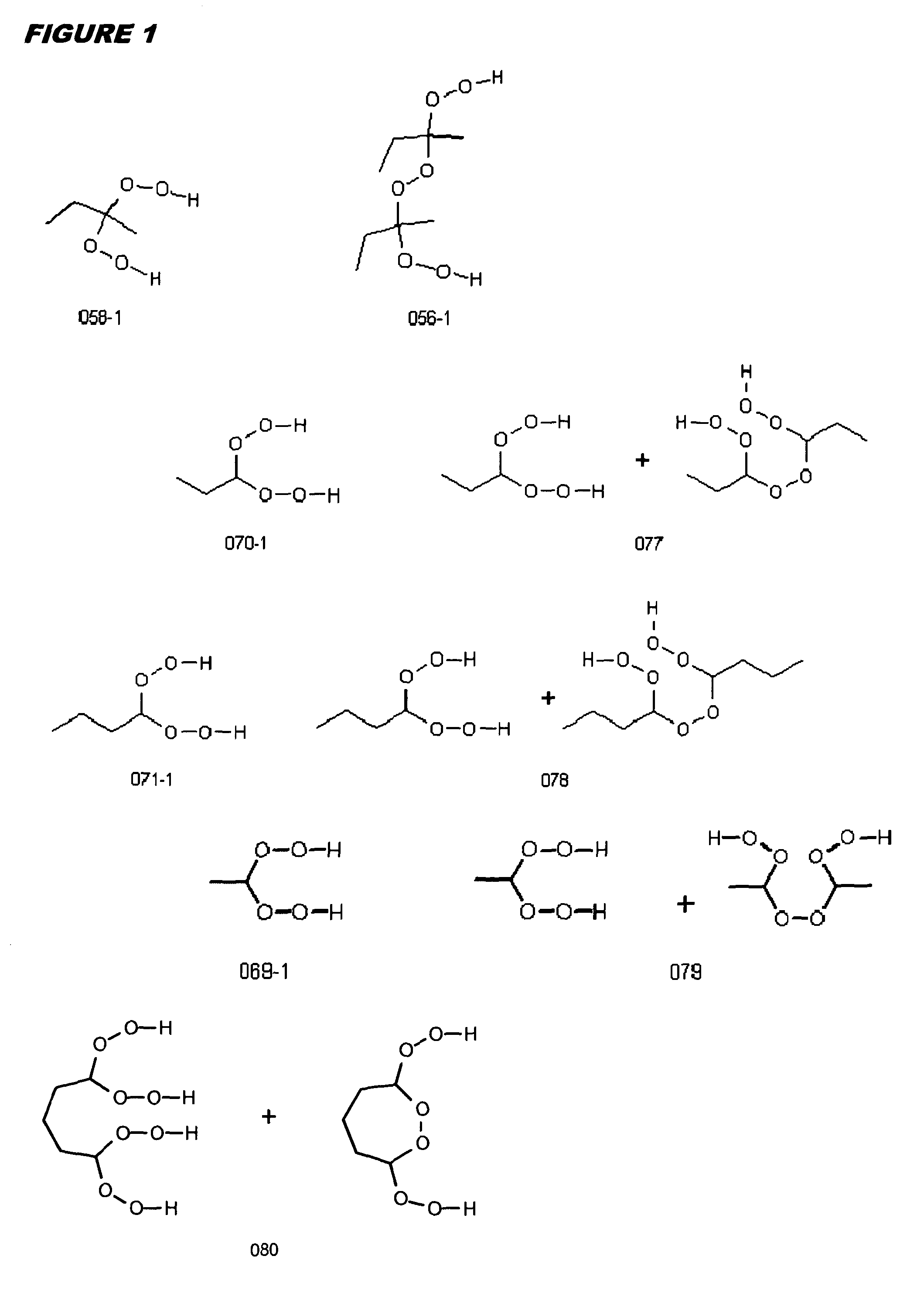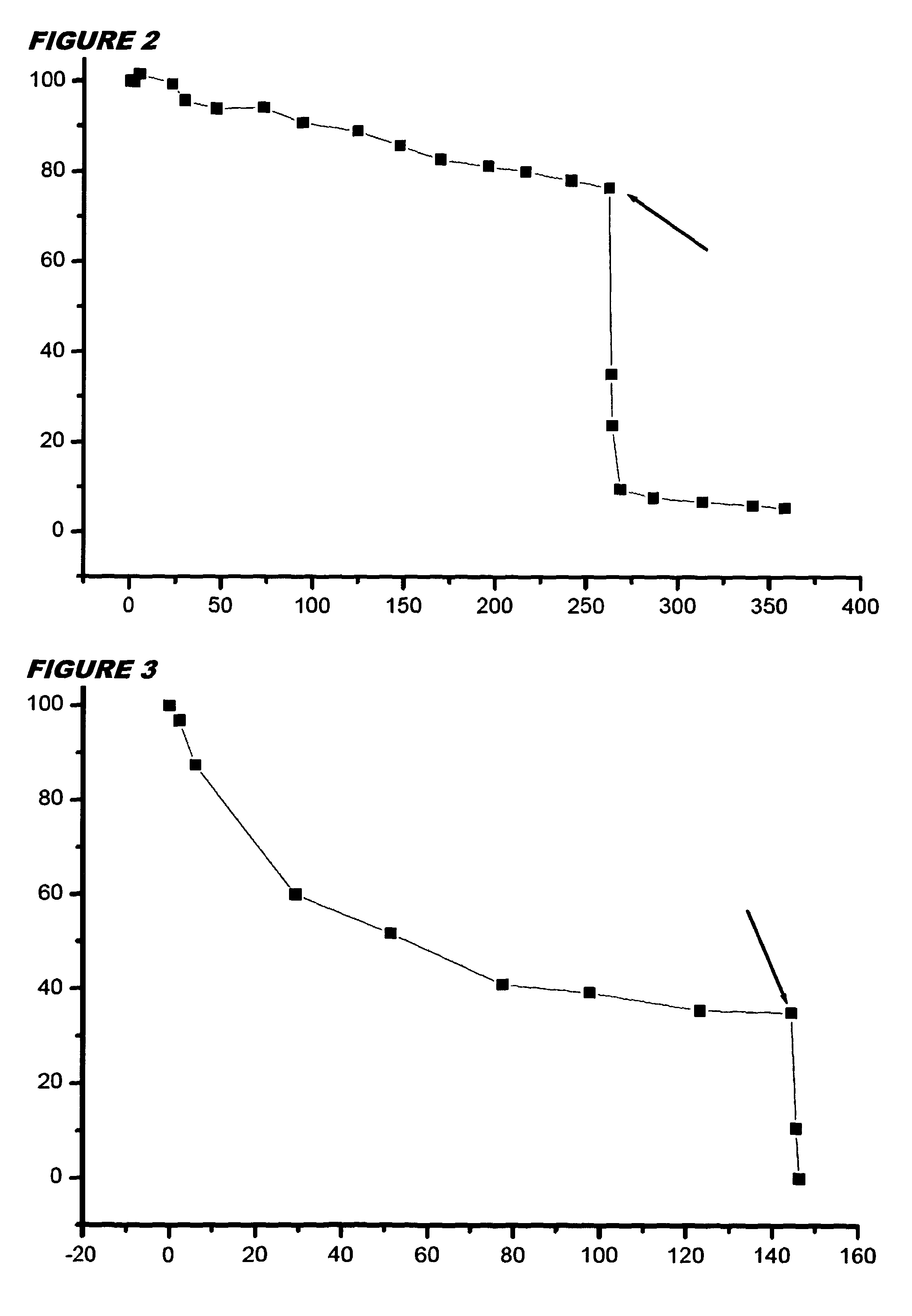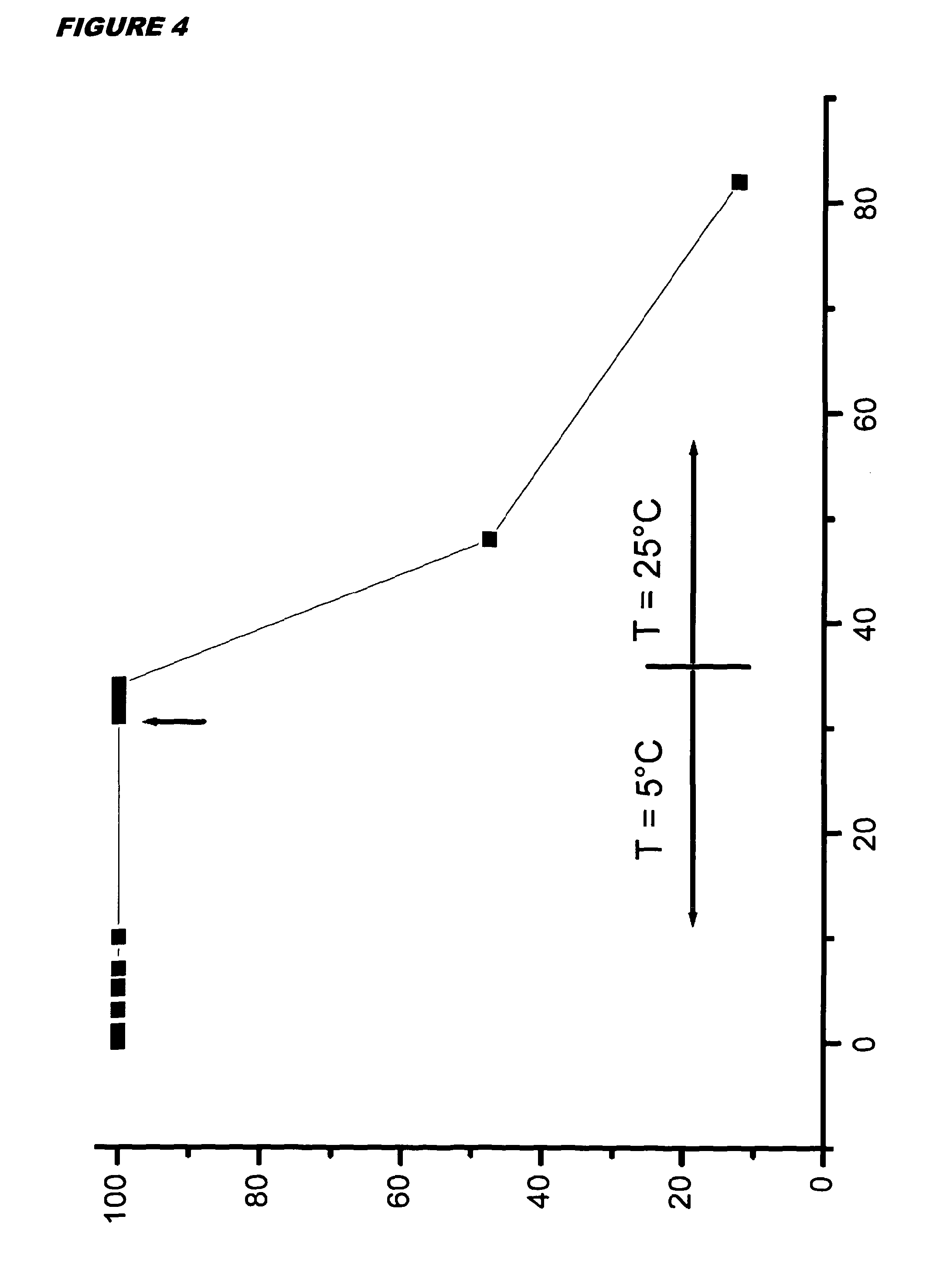Organic peroxide compounds for microorganism inactivation
a technology of organic peroxide and microorganisms, applied in the field of compounds, can solve the problems of inactivation of microorganisms within the sample, degradation of nucleic acids within the sample, etc., and achieve the effects of surprising stability, negative affecting immunogenicity, and high water solubl
- Summary
- Abstract
- Description
- Claims
- Application Information
AI Technical Summary
Benefits of technology
Problems solved by technology
Method used
Image
Examples
Embodiment Construction
Known Inactivators
[0195]Known inactivators (β-propiolactone, ethyleneimine, N-acetyl ethyleneimine, formalin) were tested against four viruses: (i) a type 3 reovirus, non-enveloped, with a dsRNA genome; (ii) a HSV-1 herpesvirus, enveloped with a dsDNA genome; (iii) an adenovirus 5, non-enveloped with a dsDNA genome; and (iv) an avian C-type retrovirus, enveloped with a ssRNA genome. The reovirus is a small non-enveloped virus with a double capsid layer, and such viruses are highly resistant to inactivation (surpassed only by tubercle bacilli and bacterial spores [56]).
[0196]Results are expressed in Table 1 as a log 10 reduction factor in viral titre after treatment:
[0197]
VirusInactivationReduction(i)BPL, 0.05%, 16 hours, 2-8° C. (then 3 hours at 37° C. to remove BPL)2.3-3.8Ethyleneimine, 0.05%, 16 hours, 2-8° C. (then 3 hours at 37° C.)0.65NAc-ethyleneimine, 0.05%, 16 hours, 2-8° C. (then 3 hours at 37° C.)1.1537% formaldehyde 0.05%, 16 hours, 2-8° C.~037% formaldehyde 0.05%, 3 days...
PUM
| Property | Measurement | Unit |
|---|---|---|
| temperature | aaaaa | aaaaa |
| pH | aaaaa | aaaaa |
| pH | aaaaa | aaaaa |
Abstract
Description
Claims
Application Information
 Login to View More
Login to View More - R&D
- Intellectual Property
- Life Sciences
- Materials
- Tech Scout
- Unparalleled Data Quality
- Higher Quality Content
- 60% Fewer Hallucinations
Browse by: Latest US Patents, China's latest patents, Technical Efficacy Thesaurus, Application Domain, Technology Topic, Popular Technical Reports.
© 2025 PatSnap. All rights reserved.Legal|Privacy policy|Modern Slavery Act Transparency Statement|Sitemap|About US| Contact US: help@patsnap.com



